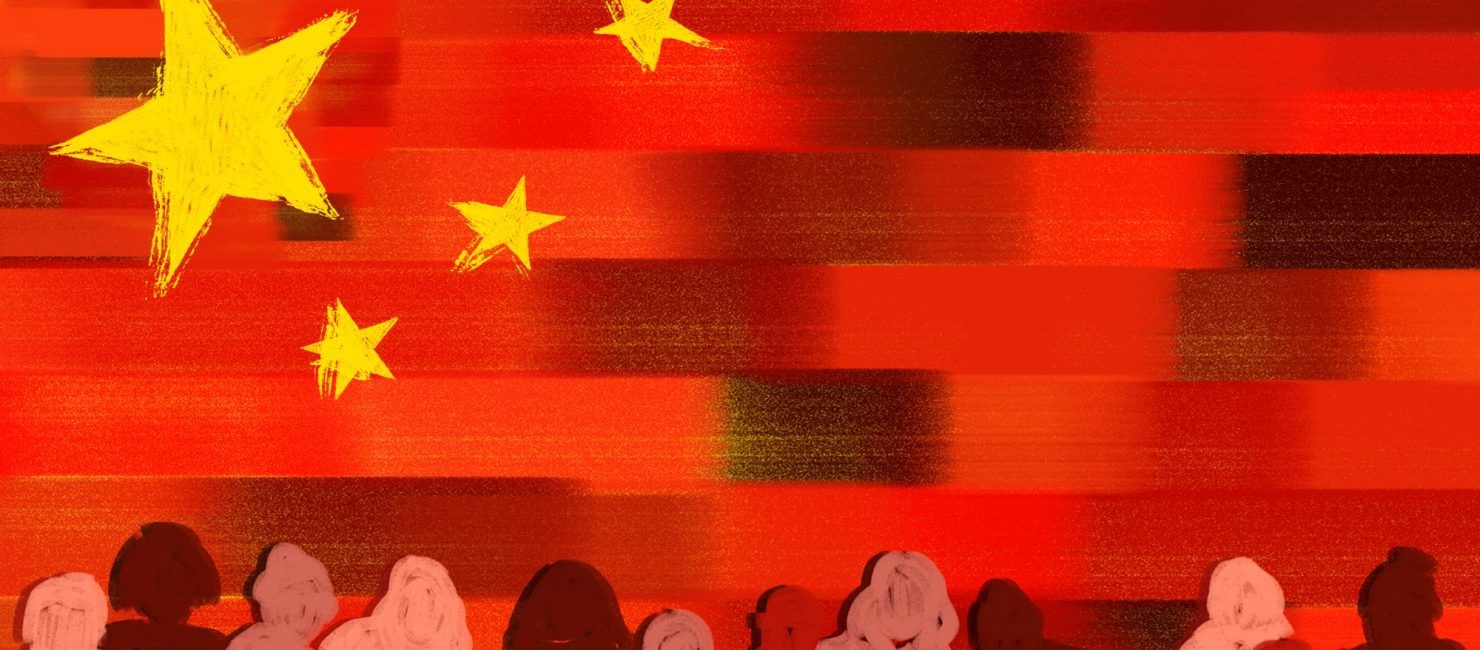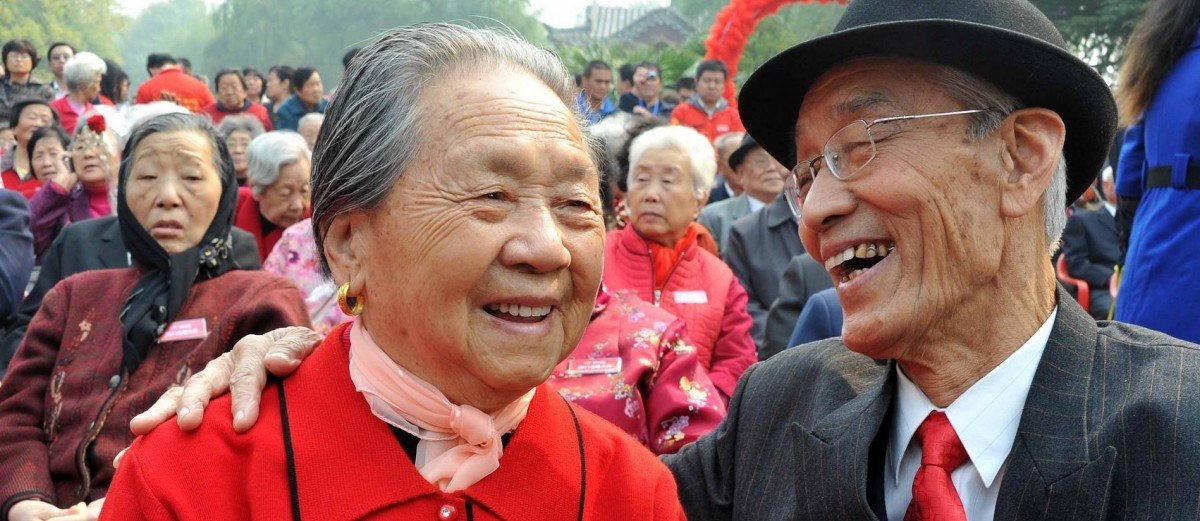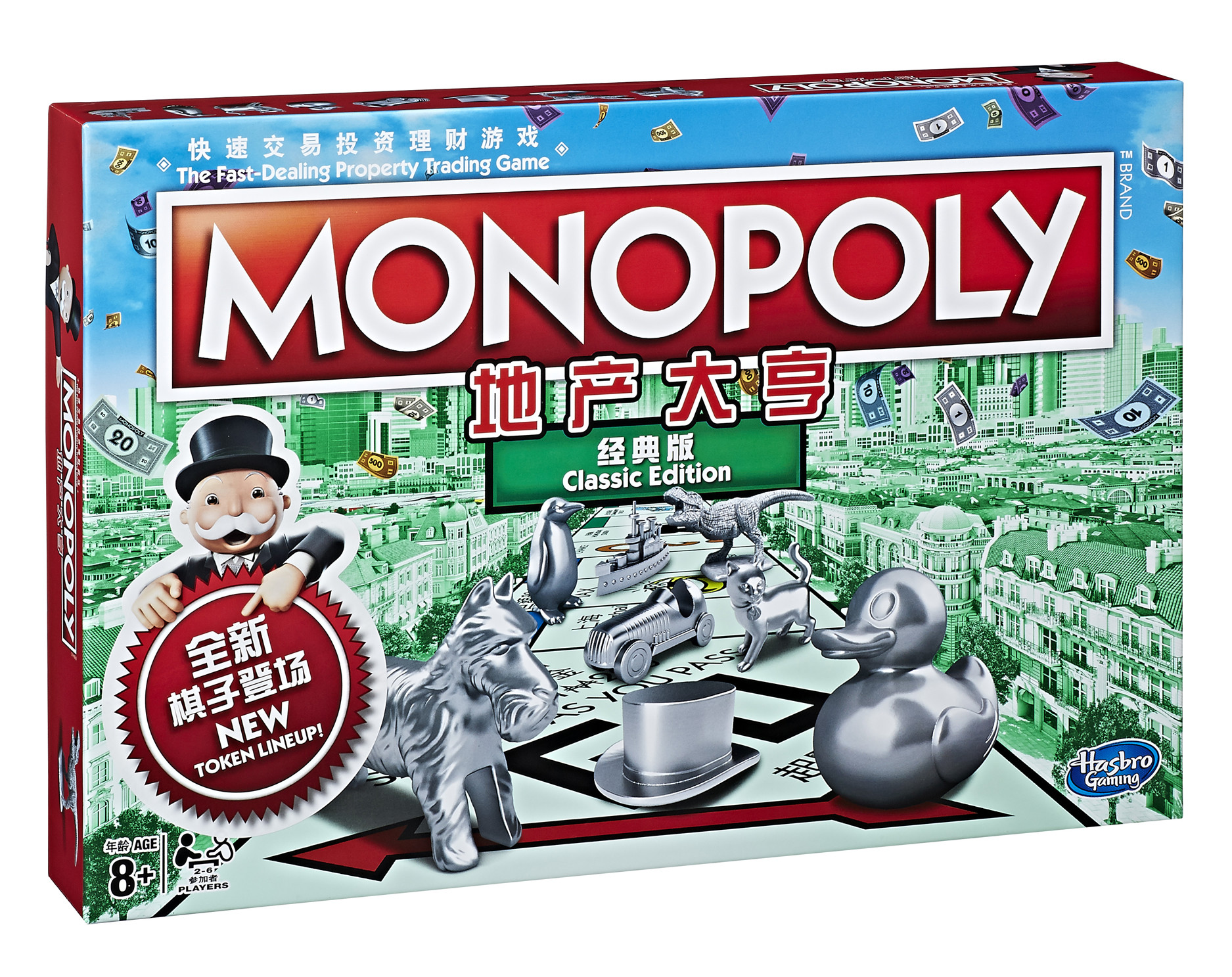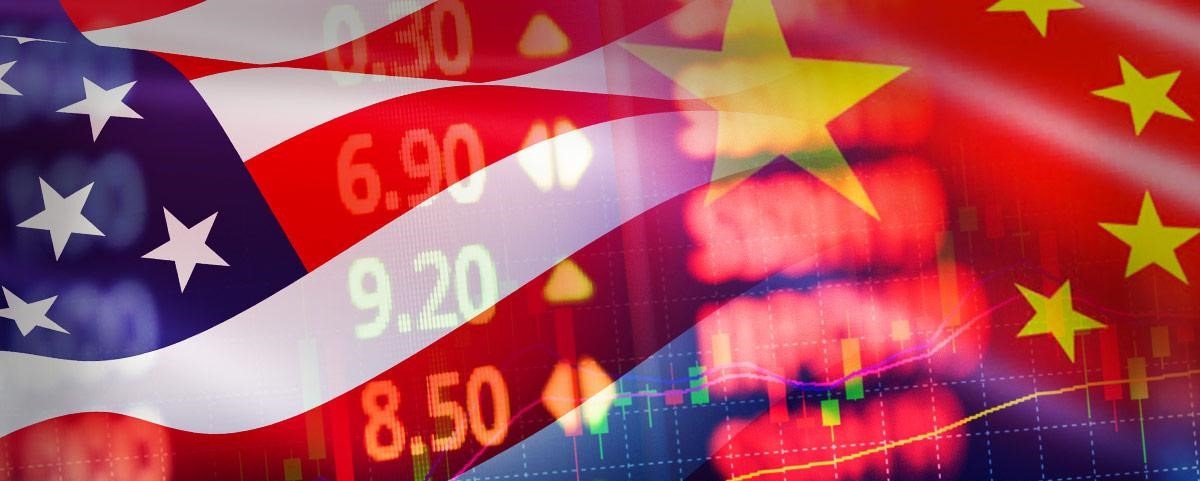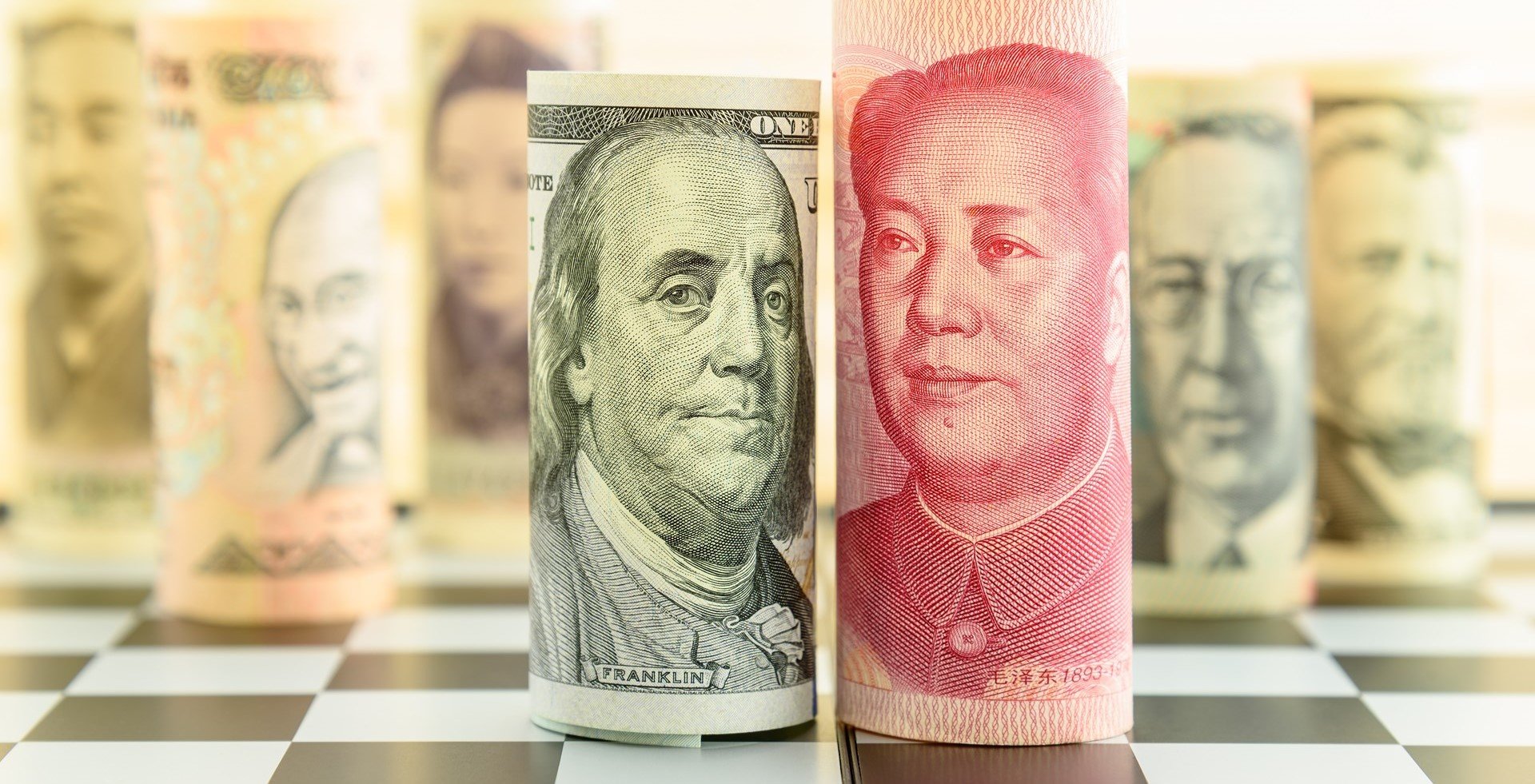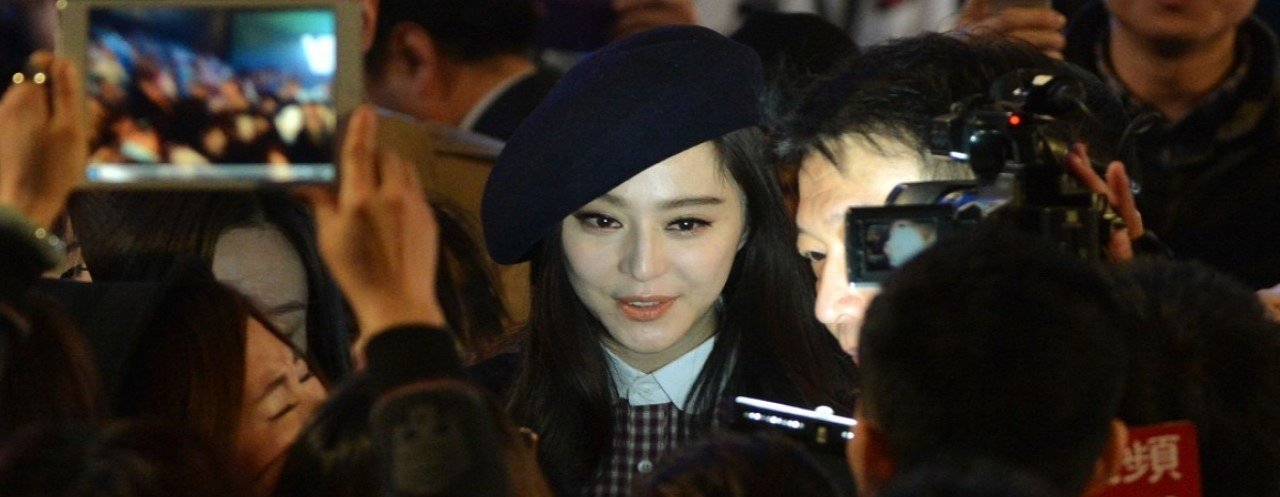In a world tailor-made to the specifications of the Communist Party of China (in a let’s say ideal scenario from the perspective of the CPC), the population of China would reject any and all Western components, elements the Party considers detrimental to its very self-preservation interests. Unfortunately for the CPC, that’s not exactly how things
Our Blog
Mar
- No Comments
Pet Ownership in China: A Surprising Mega-Trend
Ask any elderly Chinese citizen to describe let’s say a “textbook” urban scene from back when he was young and ask an American to do the same. Among other differences, you will most likely notice that pets are absent from the description of the elderly Chinese. Contrary to popular belief, pets are anything but completely
Mar
- No Comments
Personal Freedoms in China: Westernization/Legalization vs. Traditionalism
The economic interconnectedness we keep referring to here at ChinaFund.com is more than just a buzz word, because its ramifications move well beyond the realm of economics. To (over)simplify, economic interconnectedness leads to continuous transfers, not just transfers that are economic in nature (transfers of wealth, technology and so on) but also anything from political
Mar
- No Comments
Life Expectancy in China: Past, Present, Trends and Implications
There are few metrics which make it more obvious just how far along China has come than life expectancy-related ones. In the first half of the sixties for example, the average life expectancy at birth in China was well over 50 years, in line with severely under-developed nations. It was only as of 1966 that
Mar
- No Comments
Monopolies and Oligopolies in China: Entrepreneurship Deterrent?
Few things are more conducive to entrepreneurship-driven economic growth than a level playing field, than an economic reality which enables anyone with a dream to go for it. Think of it as the difference between achieving centralized economic growth that is “orchestrated” by the state and achieving “organic” growth in a free market framework by
Feb
- No Comments
Hyperinflation in China: Legitimate Threat or Unrealistic Scenario?
Hyperinflation represents one of the scenarios which makes investors tremble, with individuals imagining themselves pushing wheelbarrows full of paper currency to buy a loaf of bread. Scenes from Zimbabwe begin flooding their minds, with its (in)famous one hundred trillion dollar note or from Germany, with one US dollar going from being worth 4.2 marks prior
Feb
- No Comments
Stagflation Risks in China (and Elsewhere)
Under normal circumstances, whether we are referring to nations that can be considered highly developed based on nominal as well as per capita metrics (the United States and Germany, for example), under-developed nations or countries such as China that lie somewhere in-between (developed in nominal terms, under-developed based on per capita metrics), the relationship between
Feb
- No Comments
Inflation vs. Deflation: Implications for China
Time and time again, those in charge of monetary as well as fiscal policy try to find the right balance between avoiding deflation and not bringing about an inflationary spiral. The more let’s say vulnerable a nation is, the more it can be considered at risk from this perspective. To put it differently, things are
Feb
- No Comments
Moral Hazard: Is China at Risk?
We usually come across the term “moral hazard” when discussing situations pertaining to the Western financial system, especially after the Great Recession of 2007-2008 (click HERE for an article through which we analyze its effects on China). Perhaps the most textbook example revolves around the morally corrupt bonus mechanism bankers had. On the one hand,
Feb
- No Comments
There’s No Business Like (Chinese) Show Business? A Glimpse into China’s Entertainment Industry
Here at ChinaFund.com, we have developed the habit of mentioning the fact that longing Chinese assets without meaningfully “betting” on China’s rising middle class is a sub-optimal strategy at best. For reasons which range from China’s growth model transitioning from production/exports/infrastructure to domestic consumption to a wide range of metrics which paint the picture of




